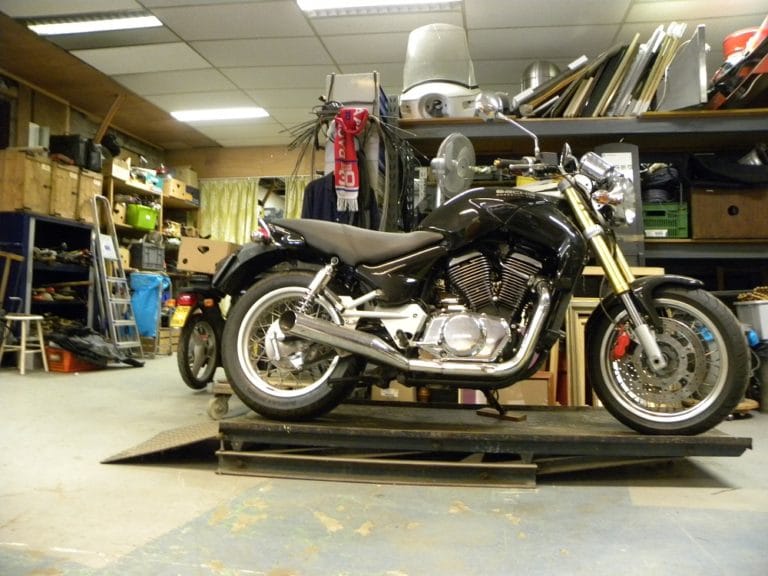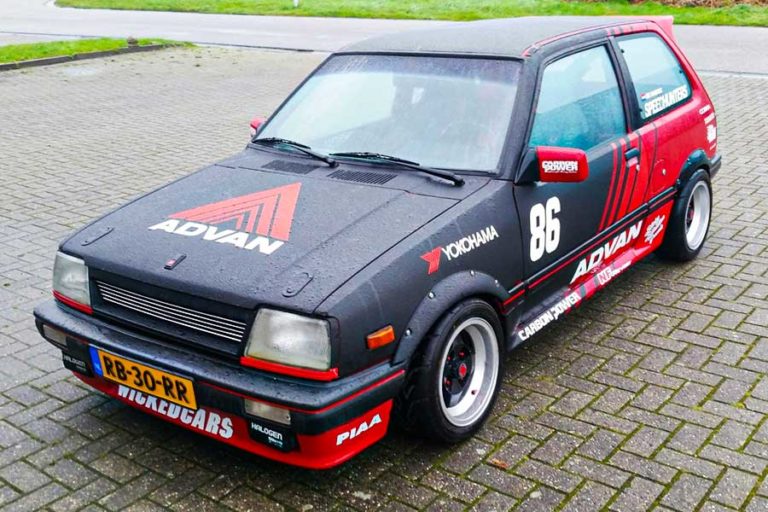
The originality blues
In 'our circles' we strive for factory originality, or for perfection. Lately, 'patina' has become the new perfection and 'time originality' has become more and more accepted. I once saw a BMW fundamentalist with a face contorted in disgust next to an almost perfect BMW R90 S in my eyes. The thing was worthless in his eyes. Only good for scrap. Because frame, block and box were not 'Nummergleich'. Apparently a different gearbox was once fitted.










